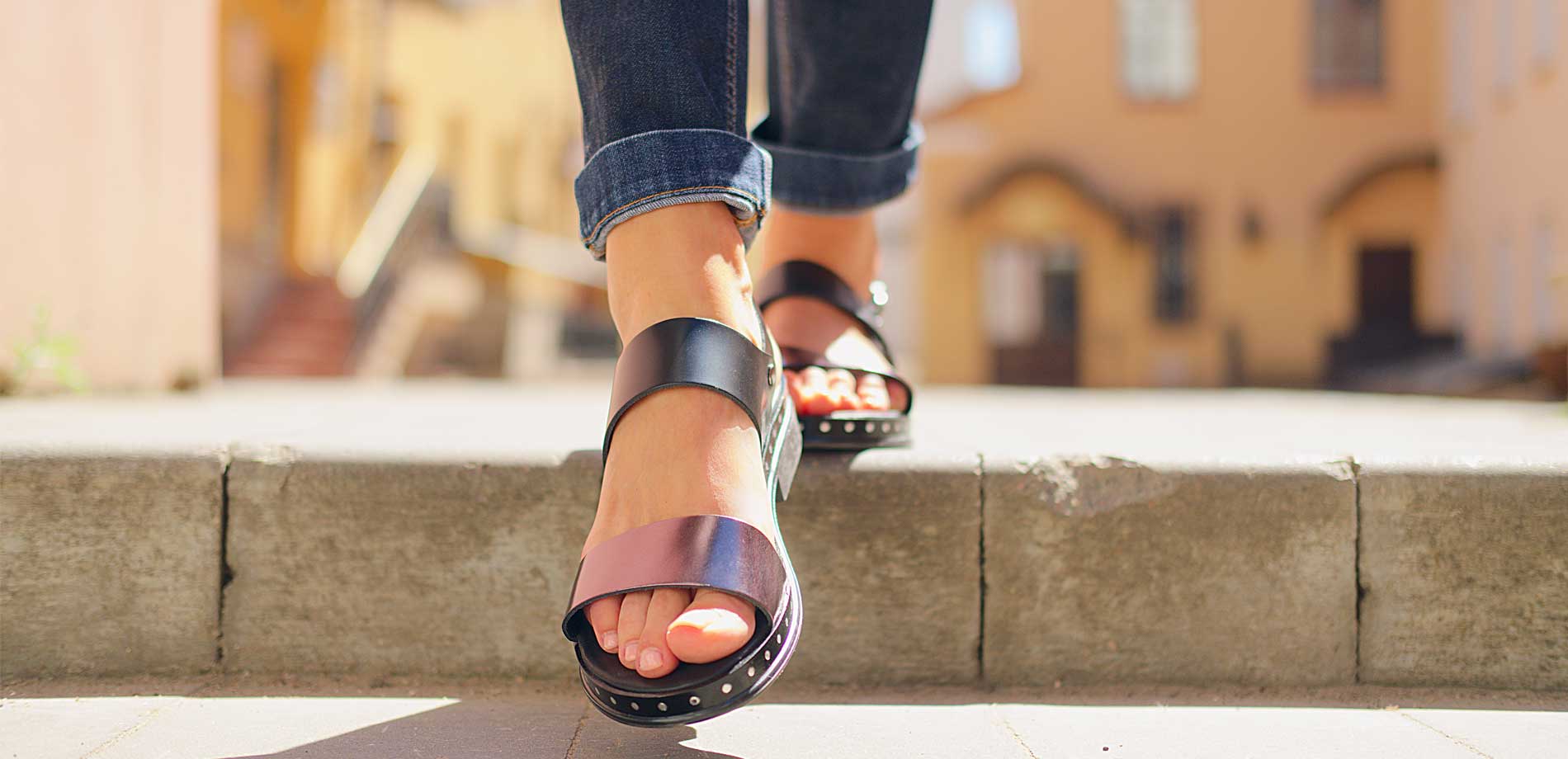How do you know if you need surgery for bunions? Your feet will usually tell you.
Contributor: April I. Nelson, DPM | Podiatry
Summer sandal season is nearly upon us; if you’ve been bothered by a bunion—a painful, bony lump at the base of your big toe—now may be the time to seek help. April Nelson, DPM, a MetroHealth podiatrist, breaks down what this common problem is, and what to do about it.
There are three types of bunion surgery. All use small (3-4 centimeter) incisions.
- An Austin bunionectomy is the simplest. “We shave off the bunion and make a 60-degree cut in the bone, so we can shift it,” Dr. Nelson explains. Recovery is about 4 to 6 weeks.
- A Lapidus bunionectomy is a better option to correct a very large bunion. The surgeon shaves off the bunion and fuses the joint to another small bone in your mid-foot. It has an 8-week recovery time.
- Fusion is an option for people who also have arthritis. The surgeon removes all bad cartilage from the joint, and fuses bones together with a plate and a screw. Recovery takes 6 to 8 weeks.
With the Austin surgery, you can walk in a boot; with the Lapidus and fusion, you’ll likely be on crutches. But after recovery, you can get back to your regular activities, including exercise and sports.
“If you’re concerned about bunions, you should see a podiatrist,” Dr. Nelson says. “There are multiple treatment options, and your doctor can help narrow down the treatment that’s best for you.”
MetroHealth Podiatry
MetroHealth podiatrists treat a wide range of foot issues.
To schedule an appointment at a location near you, call 216-778-2457.












